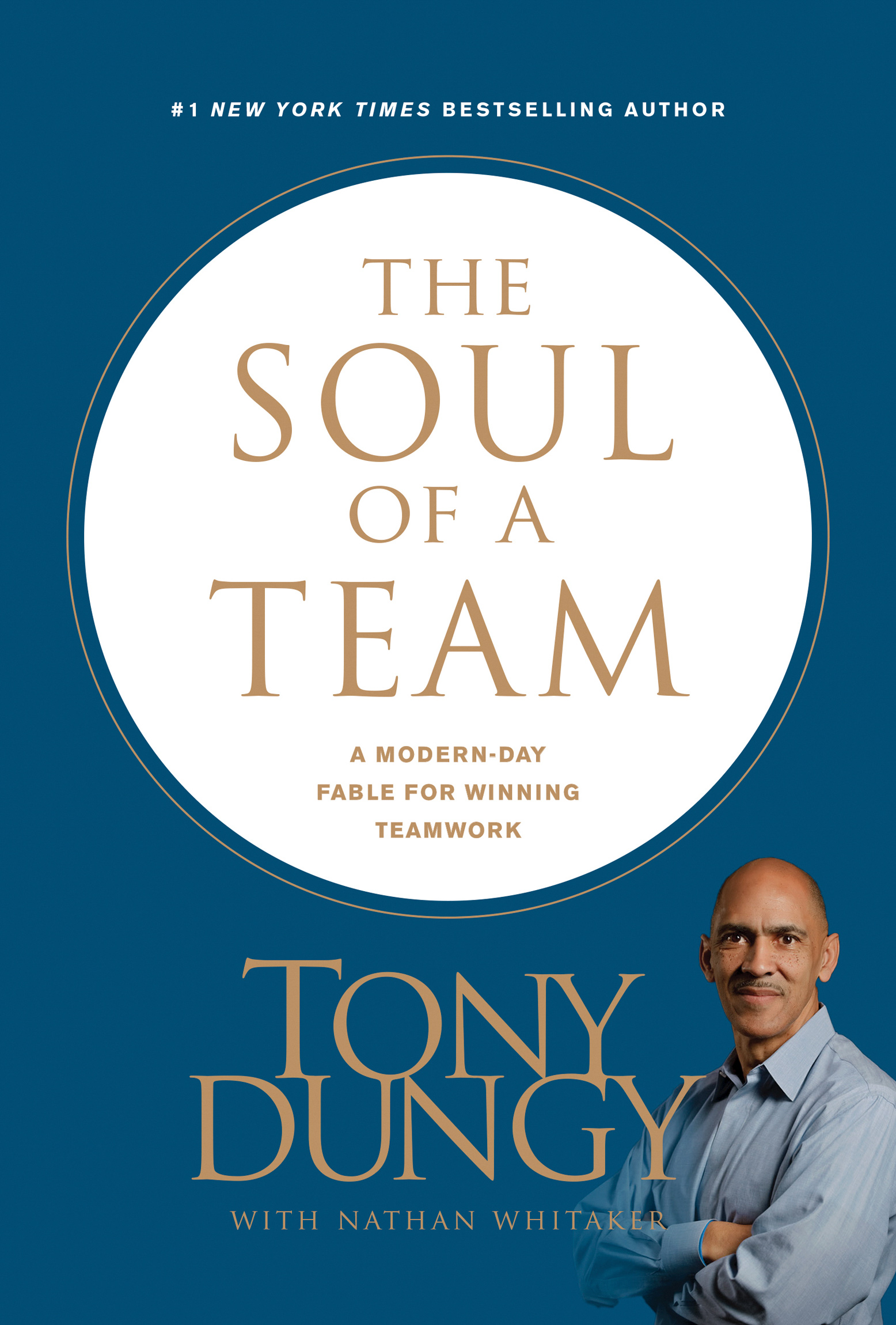Visit Tyndale online at tyndale.com.
Visit Tyndale Momentum online at tyndalemomentum.com.
TYNDALE, Tyndale Momentum, and Tyndales quill logo are registered trademarks of Tyndale House Publishers, Inc. The Tyndale Momentum logo is a trademark of Tyndale House Publishers, Inc. Tyndale Momentum is the nonfiction imprint of Tyndale House Publishers, Inc., Carol Stream, Illinois.
The Soul of a Team: A Modern-Day Fable for Winning Teamwork
Copyright 2018 by Tony Dungy. All rights reserved.
Cover photograph of author by Stephen Vosloo. Copyright Tyndale House Publishers. All rights reserved.
Designed by Mark Anthony Lane II
Published in association with the literary agency of Legacy, LLC, Winter Park, Florida 32789.
Unless otherwise indicated, all Scripture quotations are taken from the Holy Bible, New Living Translation, copyright 1996, 2004, 2015 by Tyndale House Foundation. Used by permission of Tyndale House Publishers, Inc., Carol Stream, Illinois 60188. All rights reserved.
Scripture quotations marked NIV are taken from the Holy Bible, New International Version, NIV. Copyright 1973, 1978, 1984, 2011 by Biblica, Inc. Used by permission. All rights reserved worldwide.
For information about special discounts for bulk purchases, please contact Tyndale House Publishers at , or call 1-800-323-9400.
Library of Congress Cataloging-in-Publication Data
Names: Dungy, Tony, author.
Title: The soul of a team : a modern-day fable for winning teamwork / Tony Dungy with Nathan Whitaker.
Description: Carol Stream, Illinois : Tyndale House Publishers, Inc., 2018. | Includes bibliographical references.
Identifiers: LCCN 2018036561 | ISBN 9781496413765 (hc)
Subjects: LCSH: Teams in the workplace. | Leadership.
Classification: LCC HD66 .D86 2018 | DDC 658.4/022dc23 LC record available at https://lccn.loc.gov/2018036561
Build: 2021-04-23 08:25:36 EPUB 3.0
VIPERS PERSONNEL
Character List
- Owen JoyceVipers owner
- Terry Hodgesteam president
- Gym McKenziegeneral manager
- Joe Websterhead coach
- Whit Jansenoffensive coordinator
- Dennis DC Colemandefensive coordinator
- Stan Taylorspecial teams coordinator
- Wilson Gradywide receivers coach
- Scott Pendletondirector of college scouting
- Mark Kinghead of marketing department
- Perry Richardshead of public relations
- Stacy Bankssalary cap administrator, or capologist
- Austin Quarlesstarting quarterback and team captain
- Wickie Arietstarting wide receiver
- Don Buerklestarting running back
- Louis Blackstockstarting linebacker
- Patrick Kingsbyplacekicker
- Larry Bannisterveteran linebacker
- Wesley Robinsonbackup wide receiver
- Brendan Quinlanbackup quarterback
- Cornelius Brooksbackup corner
- Thomas Dorrbackup running back
AUTHORS NOTE
I HAVE BEEN WORKING in or around the National Football League for more than forty yearsfirst as a player for the Pittsburgh Steelers and San Francisco 49ers, then as a coach for the Pittsburgh Steelers, Kansas City Chiefs, Minnesota Vikings, Tampa Bay Buccaneers, and Indianapolis Colts, and now as a broadcast analyst for NBC. In that time, I have seen some pretty crazy stuff: tantrums, arrests, locker room fights, leaks to reporters about personnel issues, you name it. Ive also seen a lot of great things: selfless acts of courage and compassion, moments of kindness and humility, and people living with faith and integrity and making a genuine difference in the world.
Though some individuals behave horribly and others live honorably, they all have something in common: They affect the people around them. The same is true of us. Our actions and attitudes really do impact those we live and work with. No wonder the number one topic Im asked to speak about is teamwork.
Ive spent decades considering what it takes for a team to rise to the top. Ive learned that talent alone isnt enough; some teams that appear most promising on paper end up fizzling. Through experienceboth successes and failuresI have learned what generally separates high-achieving teams from those that fail to produce.
After I was invited to write a book on this topic, one of the first decisions I needed to make was how to best present this information to you. Given that Ive spent two-thirds of my life on or around football teams, I decided the most natural approach would be to unpack these principles through a story set in the environment Im most familiar with. In addition, I hope reading about teamwork in this context will be interesting and fun for you. And while the context may be set in professional football, these principles apply to all teams, whether within a family unit, a company or church, or a high school drama club.
All characters and events associated with the Orlando Vipers, the fictitious expansion team around which the story centers, are imaginary. To help explain principles, I sometimes draw upon actual people and incidents I have observedboth on my own teams and othersover the past four decades.
Tony Dungy
PART I : The Problem
THE CALL
O N A PICTURE-PERFECT F EBRUARY DAY IN T AMPA, I was out in the yard hitting grounders and pop flies to my son Justin. I had just gotten back from the Super Bowl in Miami, where Chicago, in an ending for the ages, had beaten Baltimore on a game-ending pick-six.
Stay in front of it, Justin, I called out as he raced forward to stop a hard grounder. Try not to play it off to the side if you can help it.
Upon running it down, he snatched the ball up in his glove, stood, and hurled it back. As the ball smacked into my bare palm, I could literally feel his frustration. Hey, easy there, I said. Remember, Im not wearing a glove.
Sorry, he mumbled, turning away.
I took a second to shake off the sting. Poor kid. A natural lefty, he had wanted to play first base, but after seeing his speed, the coach decided to put him in center field. To Justins credit, he was giving it his all and doing very well. Practically every game, he saved a couple of runs by chasing a ball down or making a great catch.
But Justin didnt see it that way. In fact, on our drive home from practice just a few days before, he had slumped down in the backseat and told me he hated his coach.
Why? I asked. Your coach is a great guy.
Because, he grumbled, he wont let me play first base. I hate the outfield.
On the one hand, I got it. Pretty much every Little League kid wants to play in the infield or pitch. I know I did when I was his age. Still, I wanted to hear his reasoning.
Why do you want to play first base?
Because thats where all the action is, he said matter-of-factly. In center field, I only get like two balls a game, tops. If I was playing first base, Id get fifteen or twenty.
You know why the coach has you out there, dont you? I asked.
Yeah... he hates me, he shot back.
He doesnt hate you, Justin, I said, catching his eye in the rearview mirror. Yes, 90 percent of the balls are hit in the infield, but if someone does hit one into the outfield, your teams going to give up a lot of runs if its not caught. Youre the fastest one on that team. You can cover a lot of ground out theremaybe more than anyone else. Thats why hes got you in center. Youre playing a very important position. He put you there because its whats best for the team.


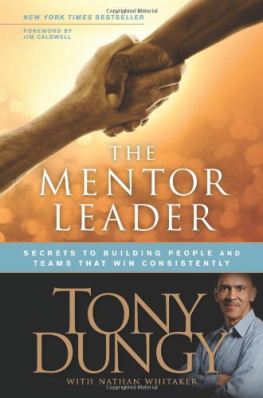
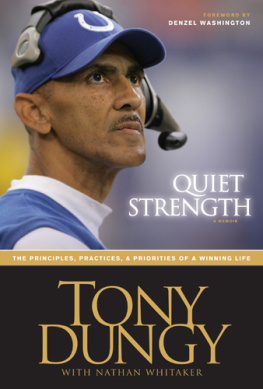
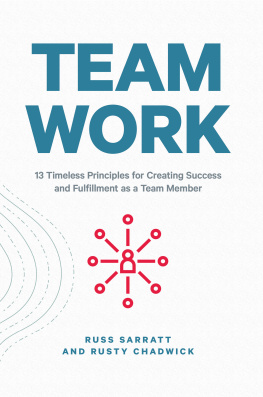
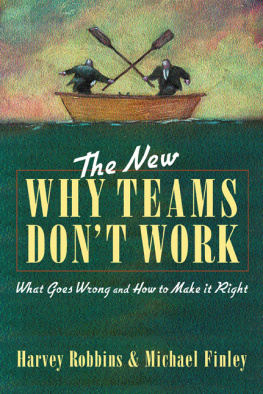
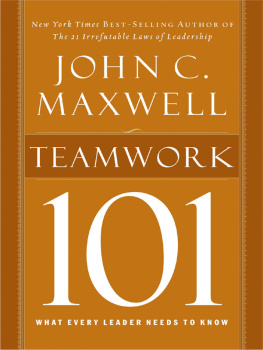
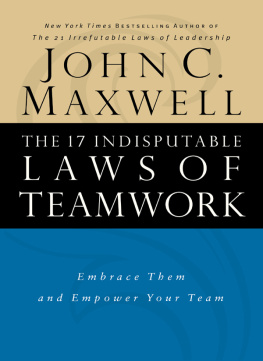
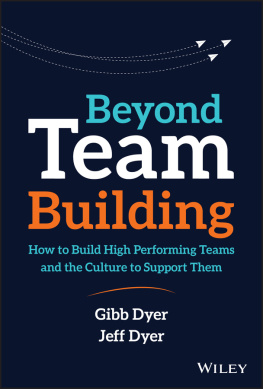
![Whitaker Nathan - The mentor leader: [secrets to building people and teams that win consistently]](/uploads/posts/book/228009/thumbs/whitaker-nathan-the-mentor-leader-secrets-to.jpg)

